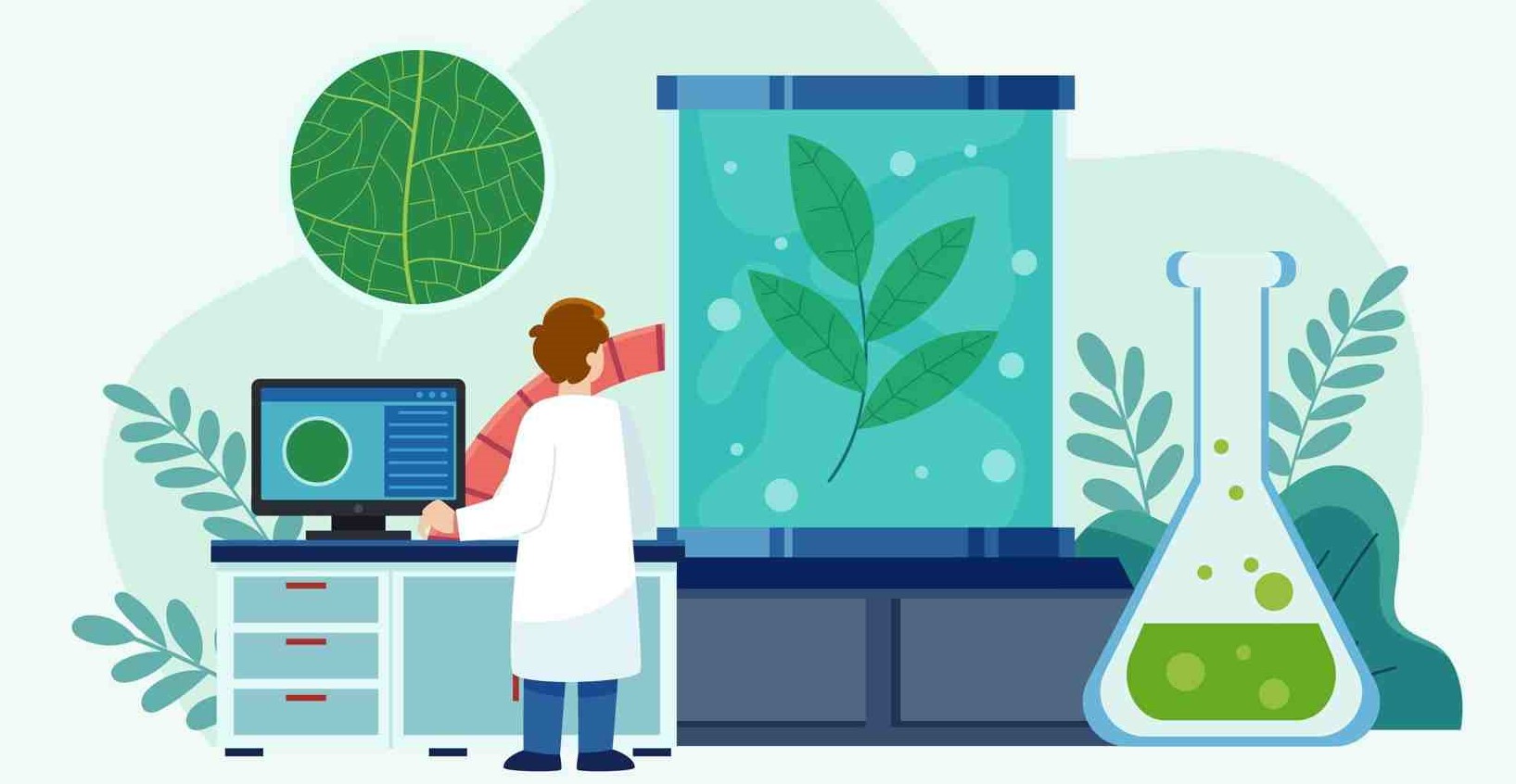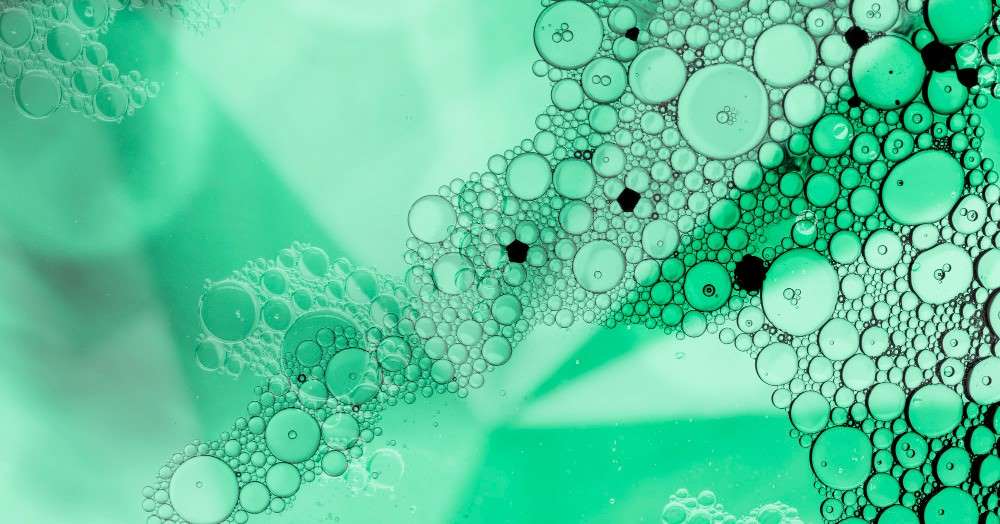Europe’s chemical industry is entering a new chapter. One where sustainability, regulatory pressure, and shifting consumer preferences are pushing the sector towards greener alternatives.
The result is a surge in demand for biochemicals—derived from renewable biological sources—as the raw materials which are increasingly replacing traditional petrochemicals.
This is providing new opportunities for small and medium-sized enterprises (SMEs), independent chemical traders, or any manufacturer looking to make more sustainable products. As unlike larger manufacturers or chemical companies which are burdened by legacy infrastructure, SMEs and smaller operators in the chemical sector can pivot quickly, adapt to emerging trends, and carve out profitable niches.
Europe is actively driving the global green transformation where the EU’s Green Deal is setting ambitious goals, including climate neutrality by 2050, while regulations like REACH and CLP are being designed to protect human health and the environment. For decades, manufacturers and consumers have consistently maintained a clear trend favouring chemicals that are sustainably sourced with low toxicity and biodegradability.
Furthermore, national governments have held bioeconomy strategies in countries like Germany, France, and the Netherlands which inject funding and foster collaboration into the bio-based sector.
These combined factors of regulatory alignment from government and demand from consumers are providing a generational event in industrial chemical markets.
As Wayne Ashton, a senior vice president at International Flavors & Fragrances (IFF) made clear in a recent interview with the industry journal CE&N, “The customer base [for biochemicals] is in Europe.” Adding that, “It’s also important to say that the European customers are probably a little bit more advanced in wanting sustainability.”
With this in mind, it is worth looking at some of the bio-based chemicals which are showing the strongest commercial promise. These include:
- Lactic acid and citric acid: Widely used in food, pharmaceuticals, and cleaning agents.
- Bio-based solvents: Such as ethyl lactate and D-limonene, replacing traditional VOC-heavy solvents.
- Bioplastics: Polylactic acid (PLA) and polyhydroxyalkanoates (PHA) are gaining traction in packaging and agriculture.
- Enzymes and fermentation products: Used in food processing, textiles, and bio-detergents.
These products are not only in demand but often command premium pricing, especially when backed by sustainability credentials like EU Ecolabel, USDA BioPreferred, or ISCC+ certification.
Moreover, it is important to note that European chemical companies are leading the way in investment in this field. While the Middle East will always attempt to gain market advantage from its oil reserves and with President Trump seemingly happy to ignore the problem of climate change, there is a clear market niche which is rapidly growing for biochemical products.
“European agricultural companies are getting involved with bioproduction firms to find ways to use all available streams,” notes the CE&N report. “In May, for example, Südzucker, Europe’s number 1 supplier of sugar products, renewed a raw material partnership with the biotech company Afyren. Under the agreement, Südzucker supplies nonfood agricultural by-products such as feedstocks for fermentation-based conversion to a family of seven carboxylic acids—chemicals such as butyric acid and valeric acid—at Afyren’s facility in Carling Saint-Avold, France.”
Additionally, the Südzucker group of enterprises’ major ethanol producer, CropEnergies, plans to build a factory in Elsteraue, Germany, in 2026 to turn its biomass-derived ethanol into ethyl acetate. The factory will generate hydrogen as a byproduct and produce 50,000 t of the solvent annually when it opens.
Caroline Petigny, chief sustainability officer at Afyren, believes that this growth in biochemical investment is based on market demand. “Europe is the region in the world which, in terms of consumers,” she explains, “is the most advanced in understanding, knowledge, and expectation of sustainability.”
For many though, the Europe’s boom in biochemicals is not just a chance to jump on the green bandwagon. Nor is it a case of large multi-national corporations ‘green washing’. Instead, it is the opportunity to get value from Europe’s unique position as a leader in sustainability. A way to gain intellectual advantage and capture the value to be had by avoiding petrochemicals and the burden of fossil fuel dependency.
Related articles: What Europe Can Learn from the U.S. Chemical Safety Debate or How Chemical Companies Can Handle Traceability
Because whichever side you sit on in terms of climate change, there is the compelling argument of raw material independency. For a region with dwindling supplies in oil and hard to reach coal, which has had the threat of Russia turning off its gas, the notion of being self-sufficient and sustainable in industrial chemicals is tempting.
As Afyren’s Petigny notes, “The bioeconomy is, by essence, a regional value chain. “We need to be self-confident in Europe and keep the strategy of investing in our industry so we can make sure we have the important value chains in our country and not depend on others.”
For smaller manufacturers and independent industrial chemical traders that is a very good reason to take another look at biochemical industry supply, demand, and bottom line.




